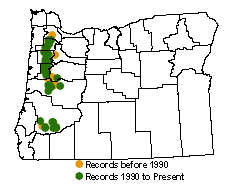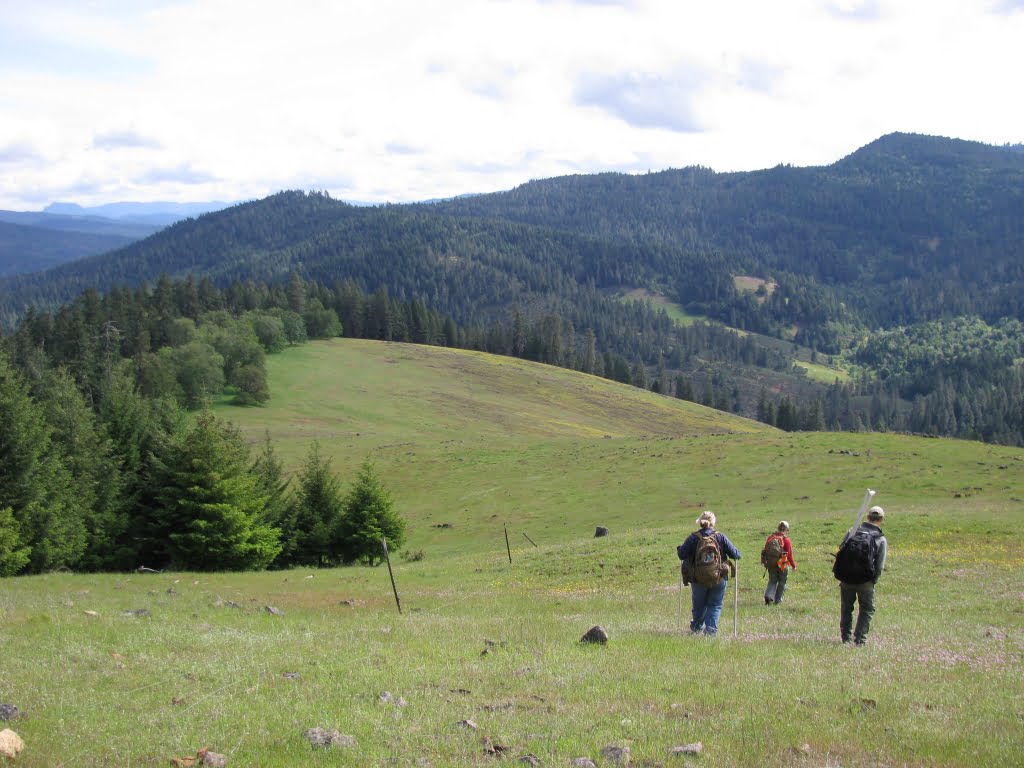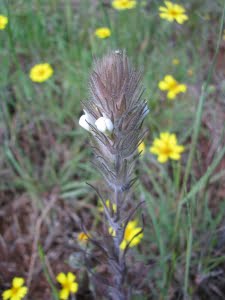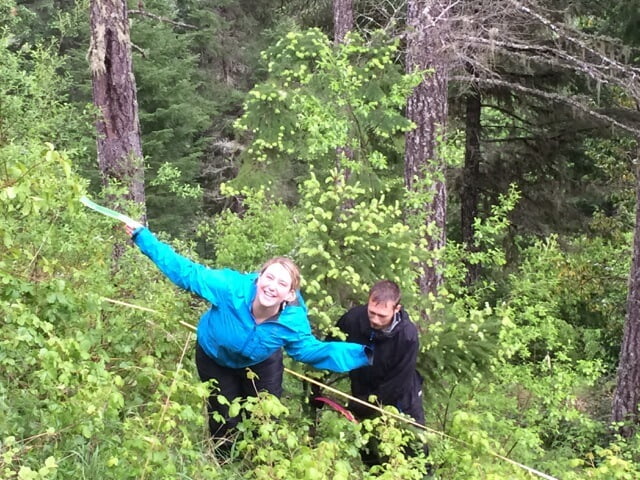
Monitoring Lupinus oreganus! And swimming through poison oak


The Conservation Research team recently journeyed down to Canyonville, OR to monitor the threatened Lupinus oreganus, or Kincaid’s lupine. Kincaid’s lupine is the host plant to the endangered Fender’s blue butterfly, meaning the butterfly lays its eggs on this plant. Since populations of Kincaid’s lupine have been declining recently due to rapid urbanization and impacts of agriculture, the Fender’s blue butterfly has also declined and is now listed as endangered. There are currently no populations of Fender’s blue butterfly in Douglas County but the population of Kincaid’s lupine is the southernmost of its range and is of significant conservation importance (See Fig. 1 and Fig. 2).


Our job for this week was to monitor Kincaid’s lupine abundance by measuring foliar cover and reproductive stems (racemes) of the plant at sites managed by the BLM district in Roseburg, Oregon. Monitoring techniques included measuring lupine along transects as well as measuring cover within established grid areas. We visited 5 sites over the course of 4 days and plan to revisit them later in the summer to collect lupine seeds. IAE has been monitoring these populations since 2002 and will continue to assess their status in future field seasons.

The only downside to monitoring in Douglas County was the enormous amount of poison oak (Toxicodendron diversilobum) in and around our sites. However, we were all well equipped to tackle the endless thickets that were inconveniently right where we were monitoring. Multiple times a day we found ourselves thoroughly enjoying our Tecnu and cold water baths, which is the best treatment for removing urishiol oil from skin. Miraculously, despite trampling through poison oak all day for four days, not one of us reacted to it! Dream Team indeed.
